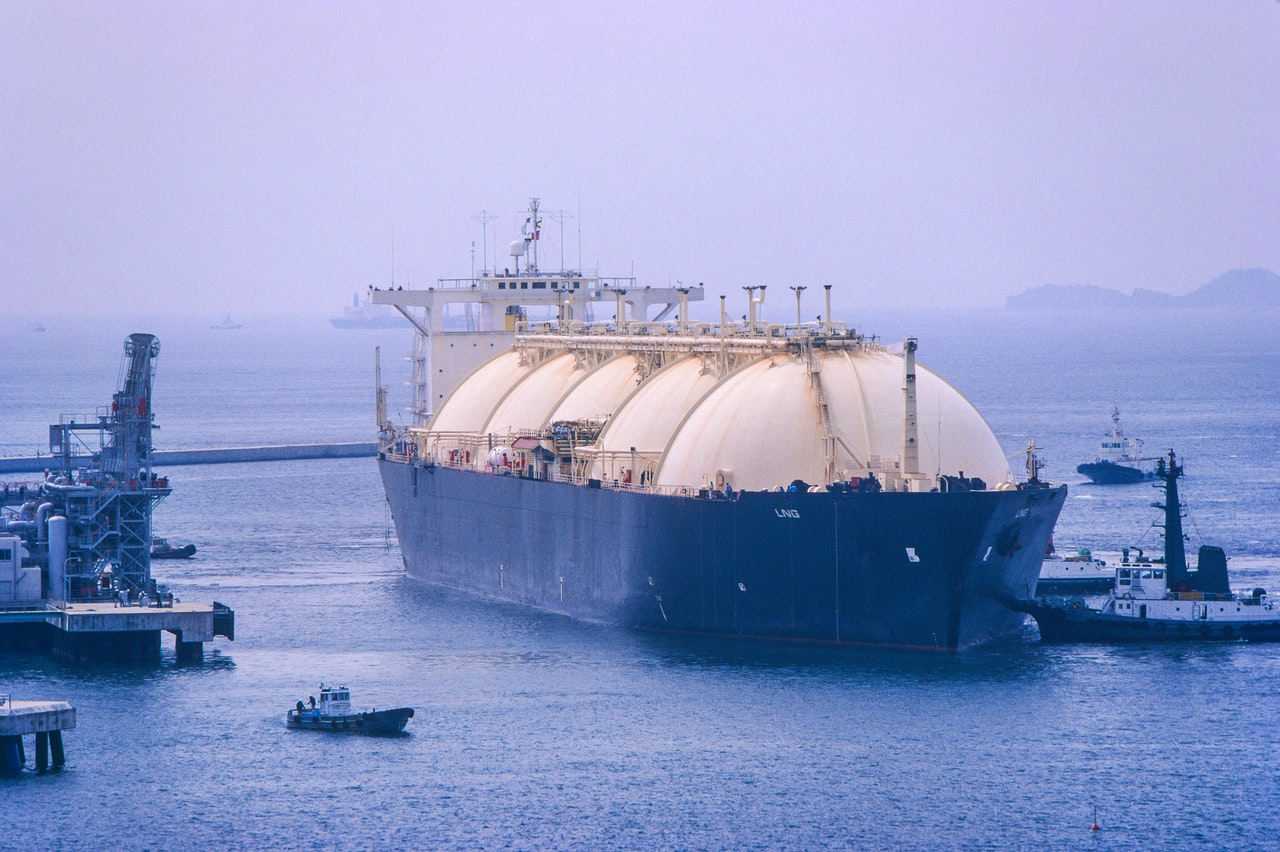Commodities
Global gas market outlook – lurking danger: China could turn the gas market upside down

The global gas market outlook is bleak. The temporary decline in demand for LNG in China hides a great danger for the global gas market.
The main surprise of the current situation on the global gas market is the strange behavior of Beijing. While everyone is scrambling around looking for liquefied natural gas (LNG) carriers, there is a strange calm in the Middle Kingdom, which was the world’s main LNG importer last year. The “Chinese anomaly,” however, has a simple explanation.
Global gas market overview – the actions of Chinese traders
Gas market analysts cannot give any precise forecasts. Chinese traders have decided to take a risk and not buy LNG at astronomically high prices. They expect Beijing to continue its zero-tolerance policy towards Covid-19, which significantly restrains the growth of fuel and energy demand in the country. Naturally, traders don’t want to buy LNG at very high prices in advance, which Chinese refineries don’t really need right now.
“This means,” Bloomberg quotes Toby Copson of Trident LNG as explaining, “that China’s (gas) supply is fine and that they have enough pipeline gas and their own coal, at least for now.
In the first six months of 2022, China’s LNG imports were down by about 20%. This is certain to cause China to lose its status as the planet’s top LNG importer this year.
Of course, Chinese traders are taking a big risk by not buying LNG now. If temperatures drop sharply in the fall or winter, or if the Chinese economy returns to its normal growth rate when the pandemic is over and restrictions are relaxed, they will be in a tight spot. In that case, they will have to return to the market urgently, with all the consequences that entails. The main thing for the market and its participants is that the return of Chinese buyers will further exacerbate the LNG shortage and increase LNG prices.
You don’t have to look far for examples. In January 2021, abnormally cold temperatures prevailed over much of China. Chinese traders then rushed to the spot market to buy LNG, causing the price to skyrocket.
The current sluggishness of Chinese traders on the gas spot market gives buyers from other Asian and European countries the opportunity to fill their storage tanks with gas. It has gotten to the point where Chinese companies are now reselling surplus LNG to Europeans.
The Chinese government will of course try to avoid buying LNG at the current very high prices. First, Chinese miners have been ordered from above to sharply increase coal production. In the first half of the year, it passed the 2.2 billion ton mark, according to China’s National Energy Administration, an 11% increase over the first six months of 2021.
Second, Beijing is increasing imports of cheap pipeline gas, mostly from Russia, and increasing production of its own “blue fuel.
China’s energy demand has now declined, mainly due to the coronavirus pandemic, which has not let the Middle Kingdom out of its clinging embrace this year. Lockdowns, which are causing huge damage to the economy, nearly caused a downturn in the Chinese economy in the second quarter.
How long will the “Chinese anomaly” last?
Against the backdrop of what is happening, analyzing and predicting global gas market growth is difficult. No one is willing to predict how long the “Chinese anomaly” will last. President Xi Jinping has repeatedly stated Beijing’s commitment to zero tolerance for coronavirus. This means that lockdowns and restrictions will not go away. The latest major city to begin imposing restrictions this week is Shenzhen, the largest economic center in the south of the country, dubbed China’s Silicon Valley.
Despite the ongoing fight against the pandemic, China’s economy showed clear signs of recovery in July. Goldman Sachs analysts predict a surge in business activity in China in the coming months, which will undoubtedly be felt by the entire planet and, above all, by gas markets.
The return of Chinese gas importers to the spot market means a sharp increase in competition between Asian buyers for LNG carriers and Europeans. Europe will have to further reduce gas consumption to be better prepared for the coming winter and pump as much gas as possible into underground storage facilities.
Commodities
Oil prices rise; U.S. crude inventories plunge, Russia-Ukraine truce eyed
Commodities
India’s Reliance to stop buying Venezuelan oil over US tariffs, sources say
Commodities
Oil prices climb on Venezuela supply worries

 Forex3 years ago
Forex3 years agoForex Today: the dollar is gaining strength amid gloomy sentiment at the start of the Fed’s week

 Forex3 years ago
Forex3 years agoUnbiased review of Pocket Option broker

 Forex3 years ago
Forex3 years agoDollar to pound sterling exchange rate today: Pound plummeted to its lowest since 1985

 Forex3 years ago
Forex3 years agoHow is the Australian dollar doing today?

 Cryptocurrency3 years ago
Cryptocurrency3 years agoWhat happened in the crypto market – current events today

 World3 years ago
World3 years agoWhy are modern video games an art form?

 Commodities3 years ago
Commodities3 years agoCopper continues to fall in price on expectations of lower demand in China

 Economy3 years ago
Economy3 years agoCrude oil tankers double in price due to EU anti-Russian sanctions























